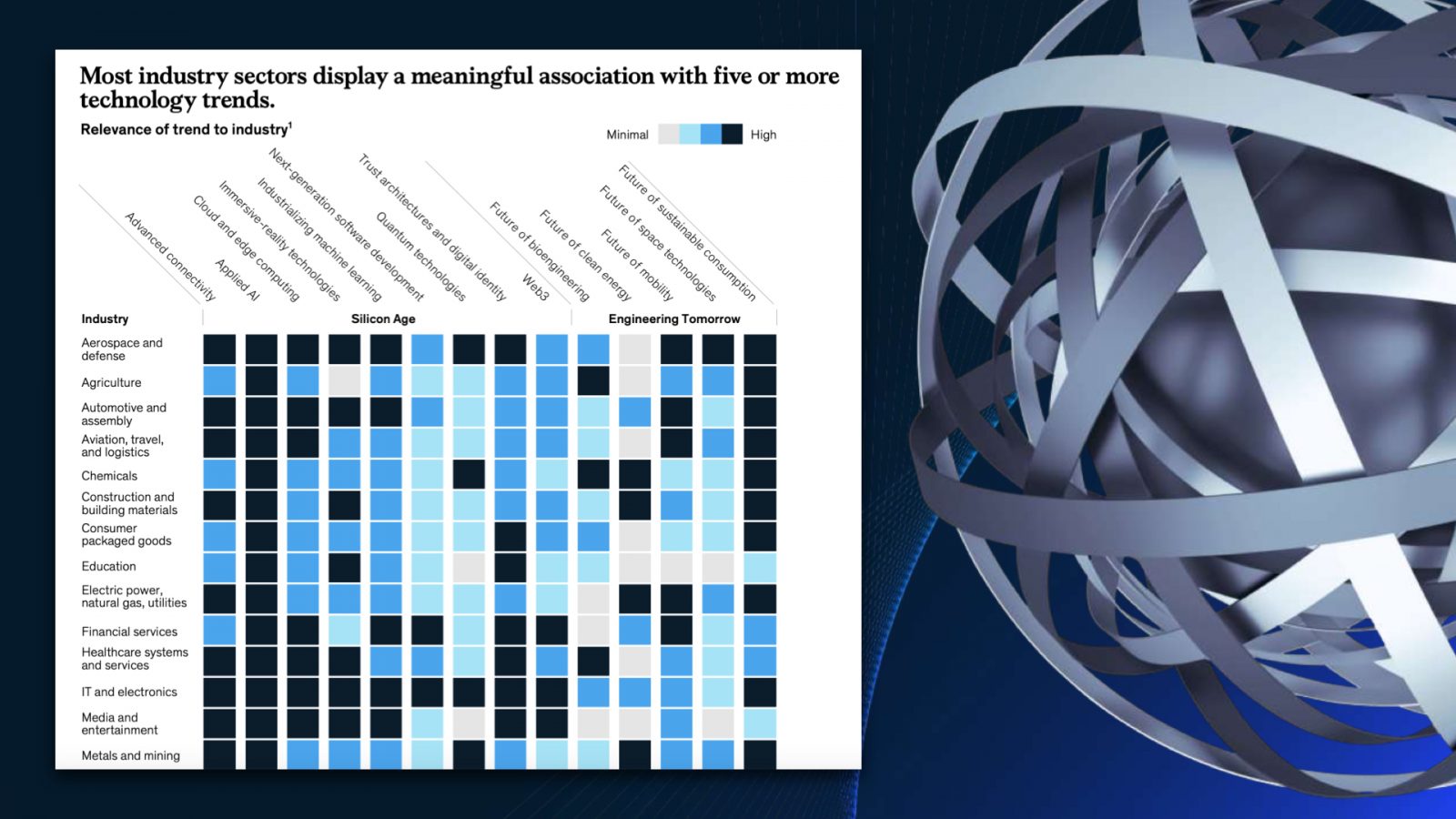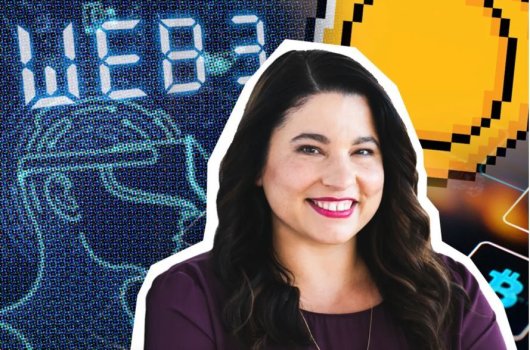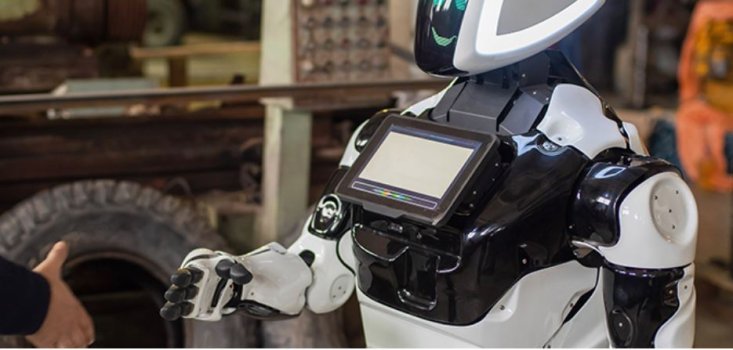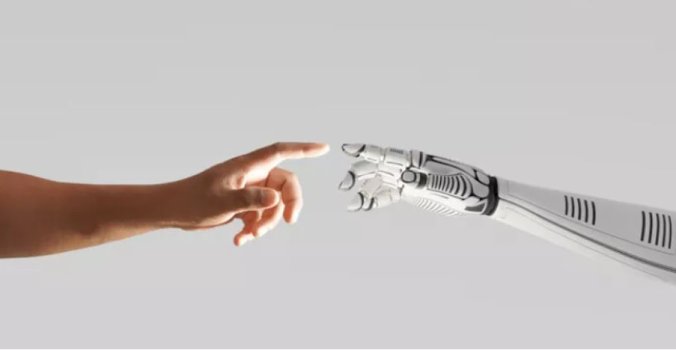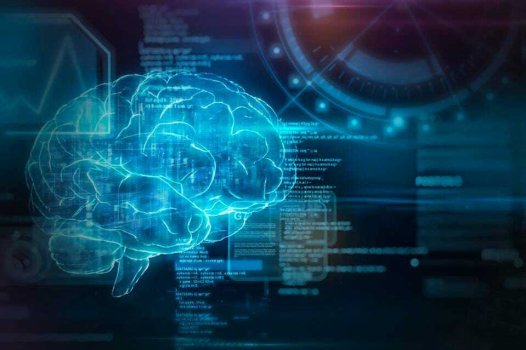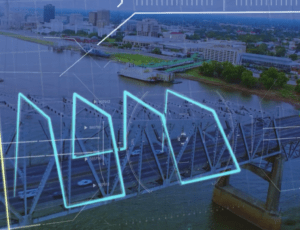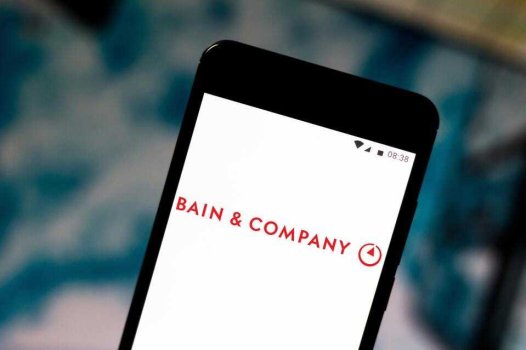Three Keys to a Successful Data Culture
- Technology Solutions
- 0 Replies
There was a time when the ability to use a computer was limited to a select few, and when most organizations had just a handful of computers in each office. Fast forward a couple of decades, and digital literacy is now a prerequisite for just about every job.
As we move slowly but inexorably towards a future where data literacy is required know-how, how can organizations build a strong data culture that will stand the test of time? Here are three keys to a successful data culture.
If the data seems wrong, it might just be
Data-driven decision-making is a laudable goal that can give organizations the insights and clarity they need to innovate faster than their competitors. But should all decisions be based on data? What if the data isn’t good, and overenthusiastic employees attempt to extricate insights from data when there is none to be found?
A speaker at a recent event organized by CDOTrends spoke about this recently by cautioning against “forcing” data to fit a given narrative. After all, the data can hardly speak out to defend itself against an erroneous interpretation. But how can an organization tell when this happens?
According to this speaker, data analysts and CDOs should go with their “gut instinct” for the times when the data appears to be wrong. In his view, if it sounds wrong to employees with ample experience and deep expertise in the business, then it is probably time to exercise additional caution.
The computer engineering concept of “garbage in, garbage out” or GIGO is probably an apt parallel here. GIGO is the idea that the quality of output is determined by the quality of its inputs, and that feeding erroneous data to a software program will simply give you incorrect outputs. In a nutshell, give yourself the flexibility to disregard the data.
Ditch the top-down or bottom-up approach
Should culture change be top-down or driven from the grassroots? According to Keith Ferrazzi, the founder of a global consulting firm, successful culture change requires both pushing and pulling.
After all, a centralized, top-down model typically results in business units that are slow to take up new data initiatives, with executive sponsorship that might wane before things take off. On the other hand, a bottom-up or decentralized model might result in success stories that are dismissed as insignificant – or irrelevant – to other parts of the business.
Continue reading: https://www.cdotrends.com/story/17356/three-keys-successful-data-culture
As we move slowly but inexorably towards a future where data literacy is required know-how, how can organizations build a strong data culture that will stand the test of time? Here are three keys to a successful data culture.
If the data seems wrong, it might just be
Data-driven decision-making is a laudable goal that can give organizations the insights and clarity they need to innovate faster than their competitors. But should all decisions be based on data? What if the data isn’t good, and overenthusiastic employees attempt to extricate insights from data when there is none to be found?
A speaker at a recent event organized by CDOTrends spoke about this recently by cautioning against “forcing” data to fit a given narrative. After all, the data can hardly speak out to defend itself against an erroneous interpretation. But how can an organization tell when this happens?
According to this speaker, data analysts and CDOs should go with their “gut instinct” for the times when the data appears to be wrong. In his view, if it sounds wrong to employees with ample experience and deep expertise in the business, then it is probably time to exercise additional caution.
The computer engineering concept of “garbage in, garbage out” or GIGO is probably an apt parallel here. GIGO is the idea that the quality of output is determined by the quality of its inputs, and that feeding erroneous data to a software program will simply give you incorrect outputs. In a nutshell, give yourself the flexibility to disregard the data.
Ditch the top-down or bottom-up approach
Should culture change be top-down or driven from the grassroots? According to Keith Ferrazzi, the founder of a global consulting firm, successful culture change requires both pushing and pulling.
After all, a centralized, top-down model typically results in business units that are slow to take up new data initiatives, with executive sponsorship that might wane before things take off. On the other hand, a bottom-up or decentralized model might result in success stories that are dismissed as insignificant – or irrelevant – to other parts of the business.
Continue reading: https://www.cdotrends.com/story/17356/three-keys-successful-data-culture




